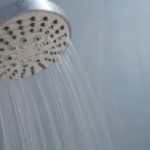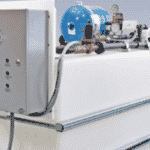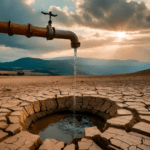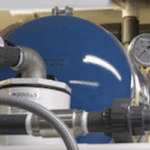For many homeowners relying on well water, sudden drops in water pressure can disrupt daily life, transforming routine activities into challenges. Whether it’s a shower turning to a trickle mid-use or a washing machine taking ages to fill, these fluctuations are not just inconveniences; they hint at underlying issues within your well system. From the strain of simultaneous water usage to the technical health of your well pump, each aspect helps maintain the balance of your home’s water supply.
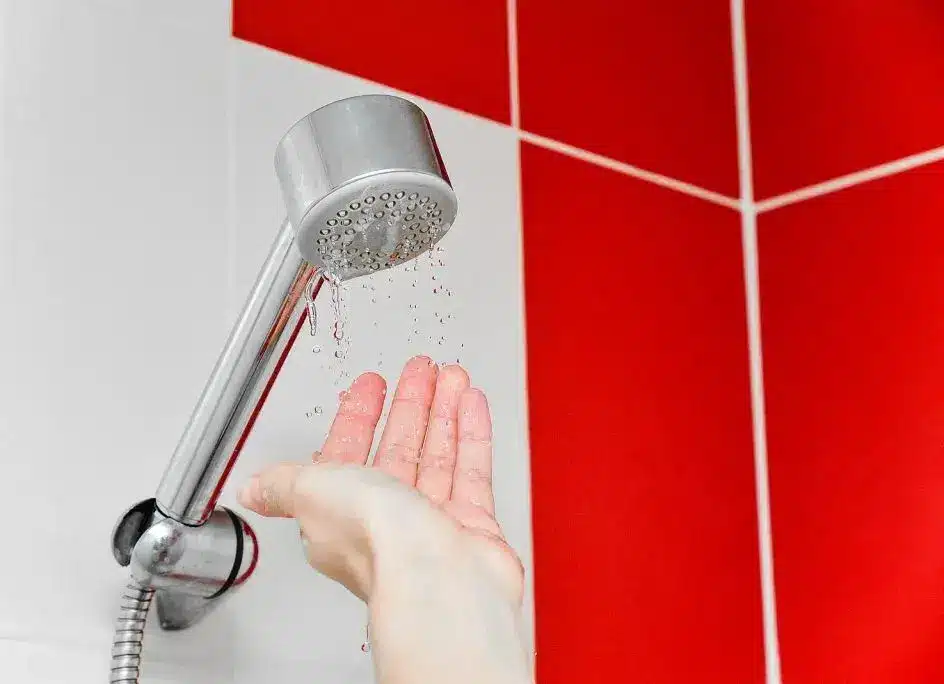
The Top Four Reasons Well Pressure Suddenly Drops
- Overwhelming Demand Versus System Capacity: One of the most direct causes of a sudden drop in water pressure is the immediate and overwhelming demand placed on the well system by simultaneous water usage activities. For example, when showers, dishwashers, and washing machines operate simultaneously, the demand can exceed what the system is designed to handle, resulting in a noticeable decrease in water pressure. The solution involves not just managing the timing of water usage to prevent peak demand scenarios but also upgrading the system’s infrastructure. Specifically, installing a larger capacity pressure tank or incorporating a variable-speed well pump can provide a significant improvement. These upgrades help the system to buffer against high-demand instances, ensuring a steady water pressure is maintained throughout usage peaks. Well Manager is equipped to set you up to never lose pressure again.
- Well Pump Performance and Maintenance: The efficiency and operational health of the well pump are critical to sustaining consistent water pressure. A pump that is not functioning correctly due to wear and tear, electrical issues, or incorrect sizing can cause fluctuations in water pressure. Regular maintenance is crucial, including having the pump inspected by a professional for signs of wear, electrical problems, or other malfunctions. In some cases, particularly when a pump is nearing the end of its lifecycle, replacing it becomes necessary. New, more efficient pumps can significantly enhance system reliability and water pressure consistency.
- Frequent Well Pump Cycling: Short cycling, where the well pump turns on and off more frequently than usual, can lead to unstable water pressure. This often occurs due to incorrect pressure switch settings or inadequate system capacity for the household’s water usage. Addressing this involves adjusting the cut-in and cut-out pressures on your pressure switch to better align with your home’s water demand. Additionally, installing a larger pressure tank can reduce the frequency of pump cycles, thus stabilizing the water pressure.
- Addressing Air in the System: The presence of air in the water system can lead to uneven water pressure and flow, manifesting as sputtering taps or inconsistent shower pressure. The process of bleeding the system to remove air involves turning off the pump and opening faucets to allow the trapped air to escape. Identifying and repairing the source of air leaks is also crucial, as they can significantly impact system pressure and efficiency.
In each of these cases, the approach to solving sudden water pressure drops involves a combination of proactive maintenance, system upgrades, and specific adjustments tailored to the unique challenges presented by well water systems. By understanding and addressing these specific causes, homeowners can significantly improve their well water system’s reliability and water pressure consistency.



